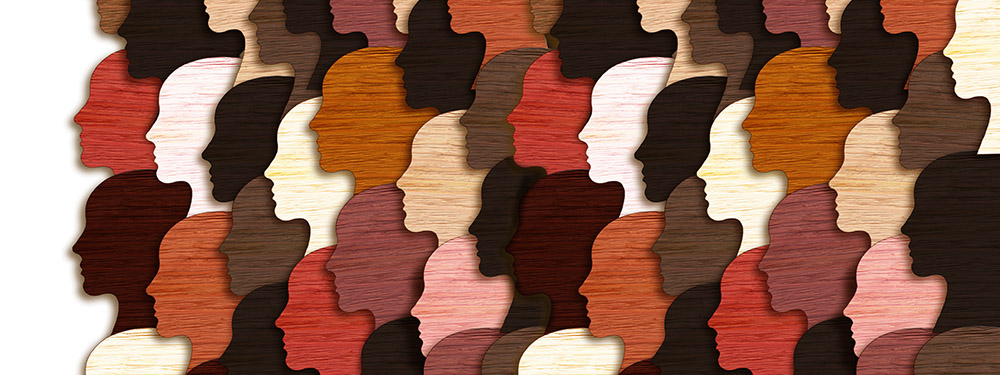
Our director of education, Angelina Idun, considers the responsibility schools have for tackling discrimination and reflects on how listening to our children and young people can help us move our race equality work forward.
I have been privileged to hear young people in many schools opening up about their experiences of racism and discrimination. It is 2022. It is heartbreaking to hear some of the racist language and slurs that students tolerate to the point where they start to see it as “normal”.
Students say they want their peers and the adults around them to really see them, and show them that whatever their heritage, they are valued and celebrated. Taking the time to learn to say and spell names right, or to recognise that Black, Asian and minority ethnic children originate from so many places and not just the big countries or continents that we are familiar with, matters to our children. Challenging assumptions and misconceptions about young people from different cultural backgrounds matters to our children. It is heart-warming to hear how ready our children and young people are to instigate; support and lead the lasting change they know needs to happen. Young people are eager to have a voice and we must listen.
Earlier this year, the story of Child Q alarmed and outraged us all. Child Q is a black pupil who was strip-searched at her school in east London after being wrongly suspected of carrying drugs. The idea that a council report (CHSCP, 2022) cited racism as a likely factor in Child Q’s treatment is immensely concerning and upsetting. On so many levels. Our hearts go out to the child involved and to her family.
The government’s 2021 Sewell Report denied the existence of institutional racism (Runnymede Trust, 2021). The terrible incident that this young person had to endure, is another reminder that institutional racism does exist. It is also a reminder that we cannot be complacent about the responsibility we have as leaders, teachers and other staff in our school communities, for keeping the spotlight on and driving forward our race equality work.
Child Q has said that she needs to know that what has happened to her cannot happen to any child again. We must listen to our children.
There are many inspiring examples of how schools in the SSAT and Race Charter Mark networks are addressing discrimination. Listening to and drawing on the voice of children and young people to create understanding, awareness and action is an important feature of this work.
In reflecting on your school community, the following questions may be useful:
- How is your school successfully shaping your curriculum to more strongly and positively reflect diversity, equality and inclusion?
- How are the children in your school being encouraged to learn about, talk about and better understand race and different cultures?
- What are you doing that enables members of your school community to challenge and call out racism?
